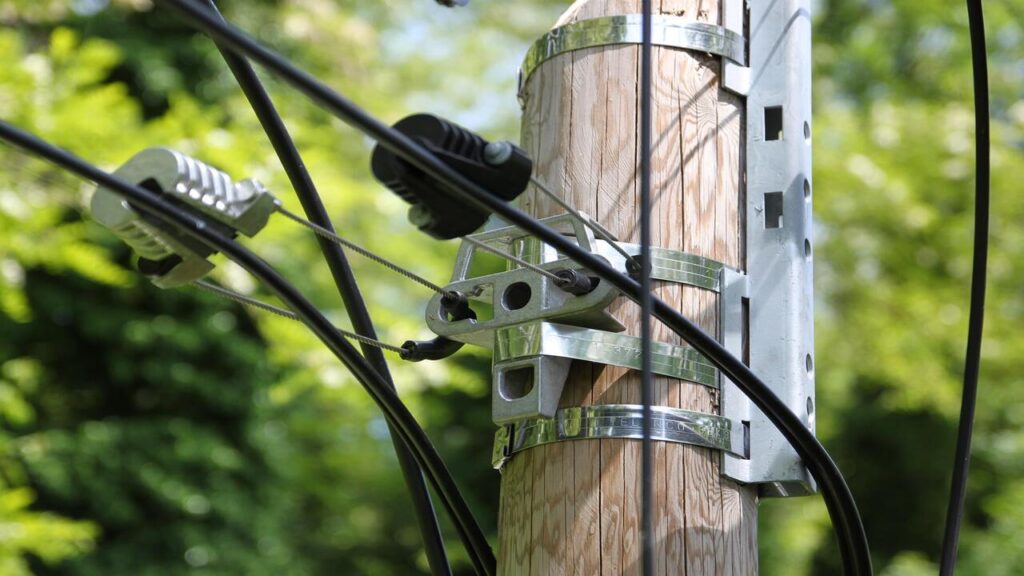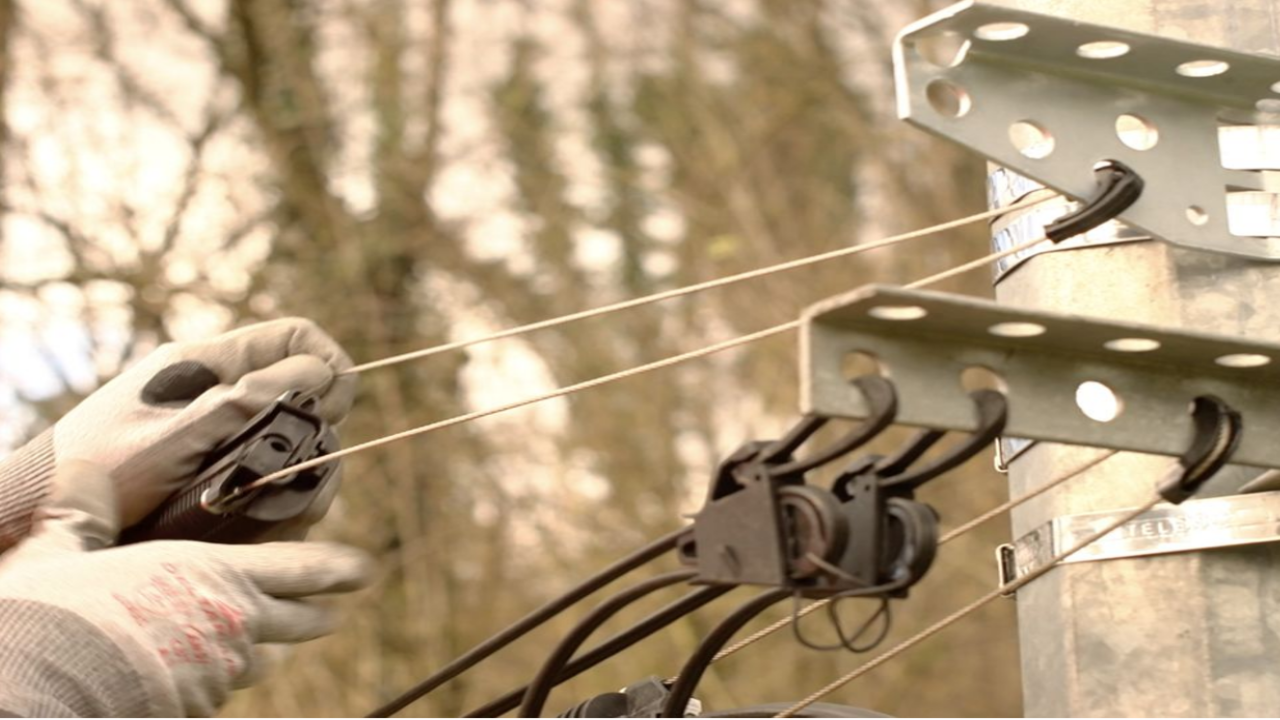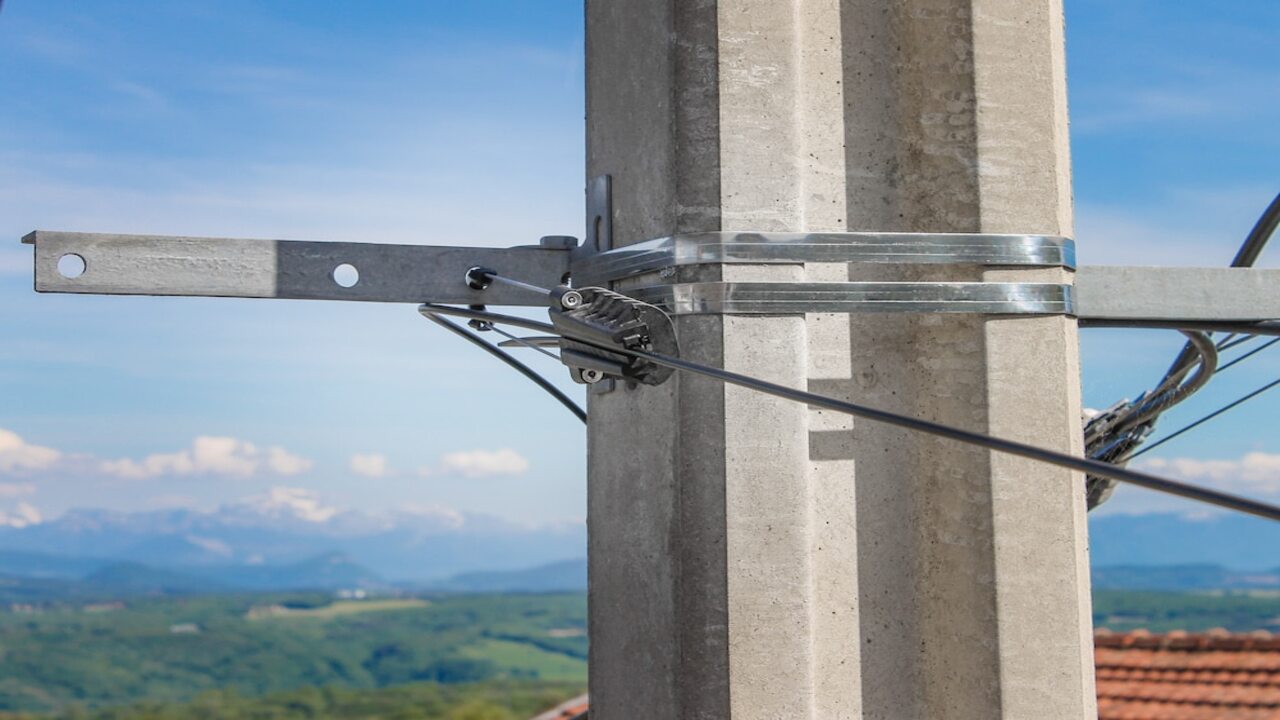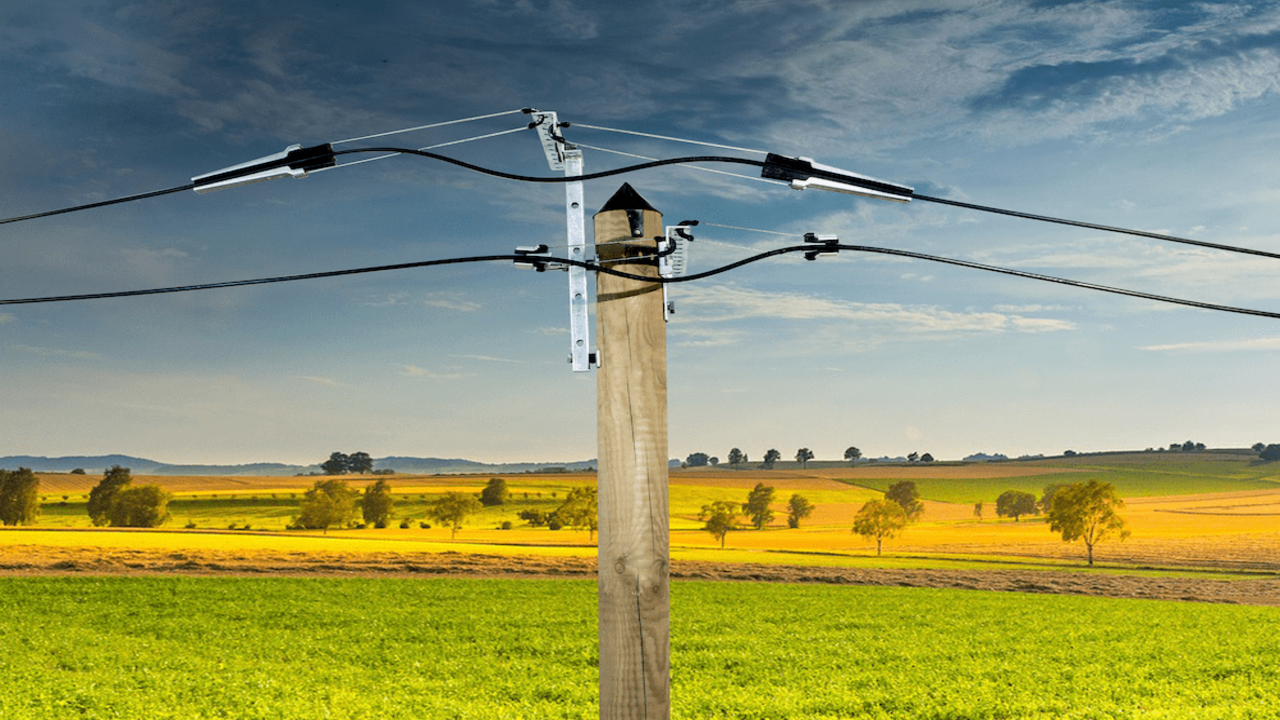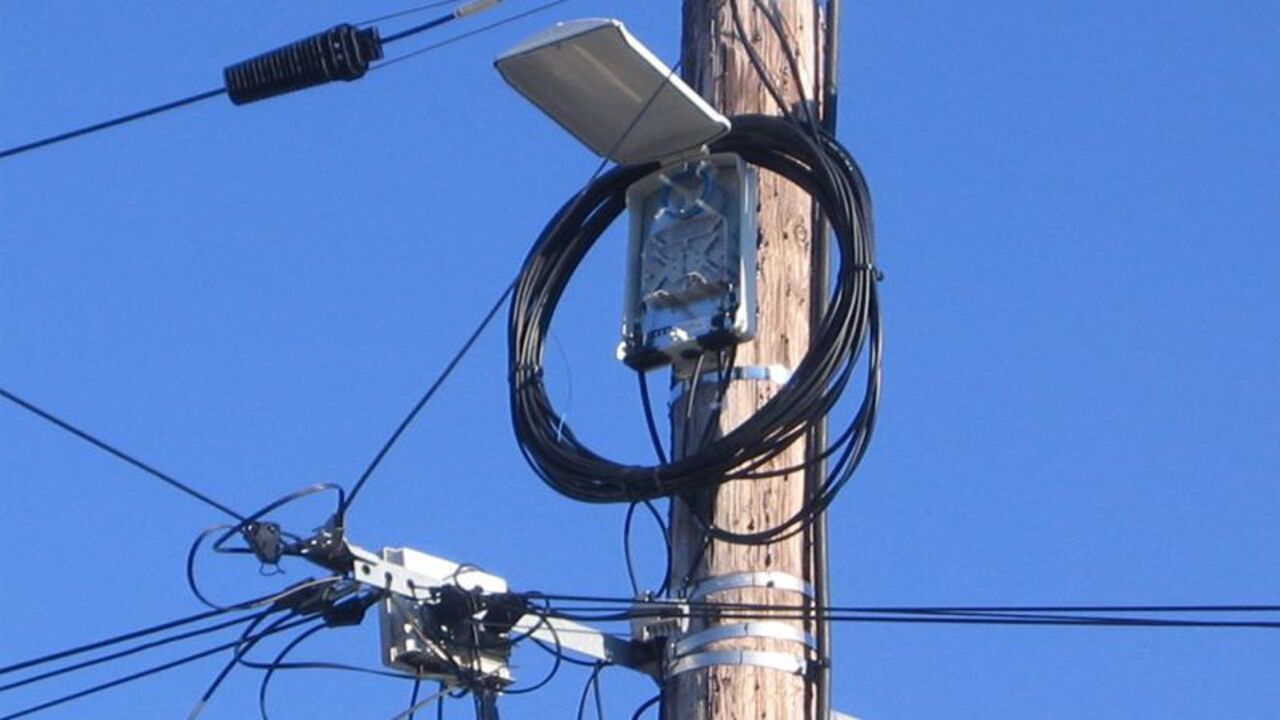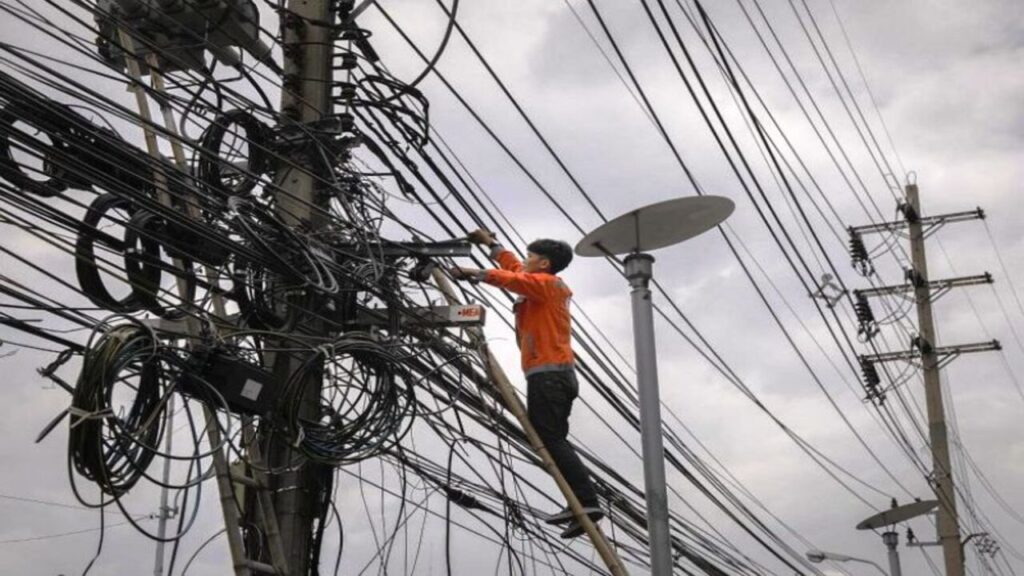
Solutions for overhead flat cable fastening
Optical flat cables deployed in a range of up to 70 meters can be secured and secured to poles using Hypoclamp F clips. these fasteners provide efficient grip on most flat fiber optic cables thanks to carefully selected configuration materials. 5/35-foot anchor clamps are used in distribution networks or last-mile access networks. Another solution for performing dead-end flat cable applications, this device allows you to adjust the slack manually. An alternative to these two technological solutions is the ODWAC line of clamps. This includes 2 plates to meet a wide range of cable diameters and different tensile strength requirements.
The DSAL Qu DSAL suspension device is also compatible with a wide range of round ADSs cable diameters for placing flat cables in telecommunications networks or low-voltage network infrastructure with spans up to 180 meters. For a span shorter than 70 meters, the DS clip is suitable for providing mobile suspension. The lightweight and cost-effective design has been specially designed to provide high mechanical performance when installed in last-mile access networks.
